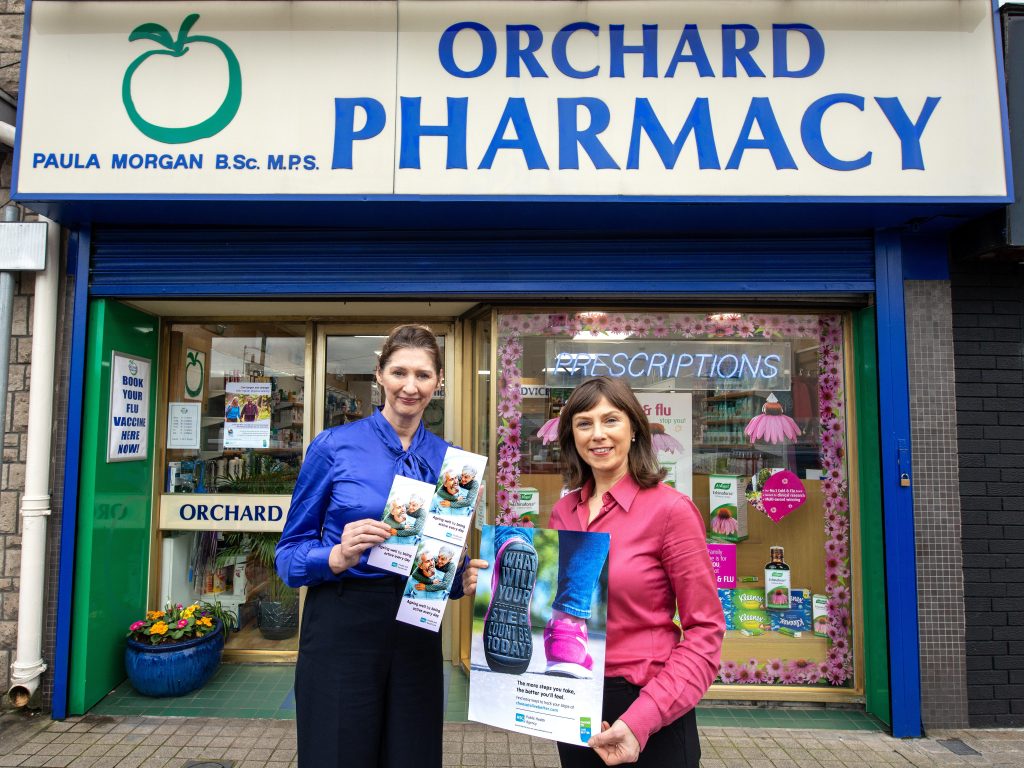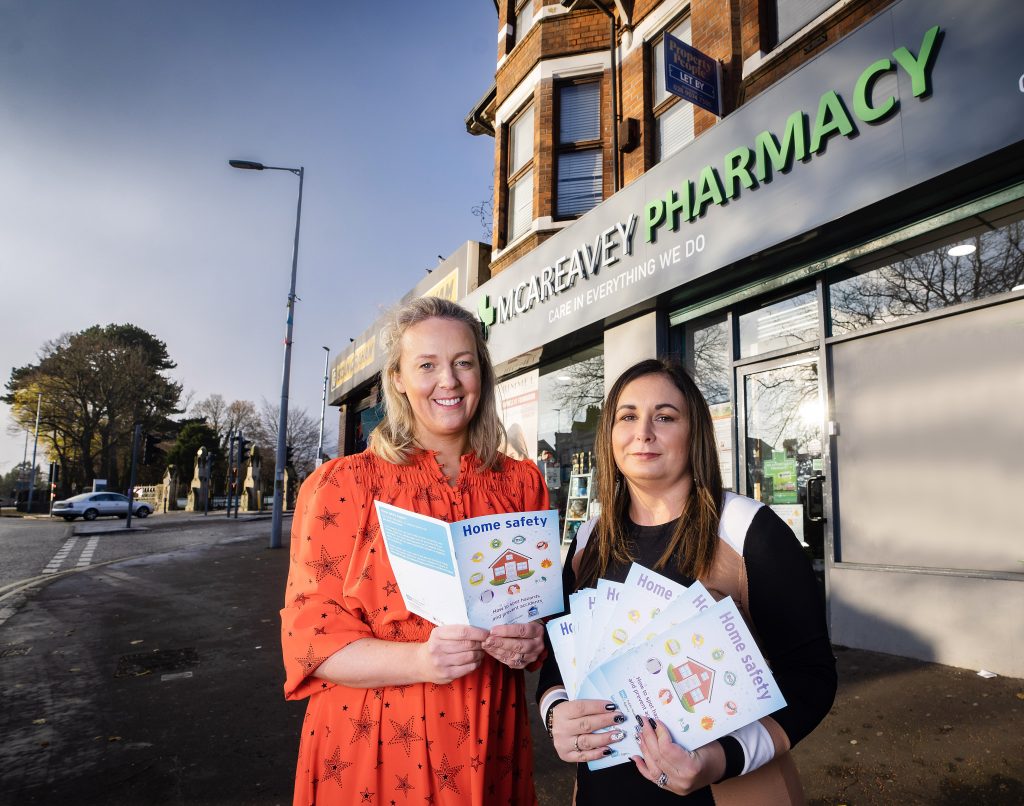A new campaign focussing on the importance and benefits of physical activity as we get older has been launched in pharmacies across Northern Ireland.
‘Live Longer and Stronger Ageing Well’ is running in community pharmacies throughout February and March as part of the Living Well service. It highlights how keeping active helps you stay healthy and age well.
Living Well is offered in over 500 pharmacies across Northern Ireland and provides information and advice on public health issues. It is delivered in partnership with the Public Health Agency (PHA), Community Pharmacy NI (CPNI), and the Department of Health (DoH).
“We decided to run this campaign as data indicates that 43% of adults aged 50 or over in Northern Ireland did not meet the UK recommendations of doing at least 150 minutes per week of moderate exercise,” Colette Brolly, the PHA’s lead on physical activity, said.
Data also shows that inactivity rose with age and was higher in those living in deprived areas.
“From 50 years of age we naturally lose muscle strength year on year,” Colette said.
“Being physically active is very important – ageing is inevitable but the pace at which physical changes occur can be slowed or even reversed with regular physical activity. Being physically active can reduce the chances of developing frailty, helping us maintain our independence in later life.
“Regular physical activity provides a range of physical and mental health benefits including having a healthier heart, lowering the risk of conditions like dementia, Type 2 diabetes, stroke and some cancers.
“It can also make you feel happier, keep your brain sharp, help you age well and prevent falls.”
Local Community Pharmacist Paula Morgan from Orchard Pharmacy in Portadown welcomed the campaign.
“Community pharmacy is an ideal setting to help encourage people to look after their health by engaging in initiatives such as this new campaign,” Paula said.
“Increasing physical activity across the population can have social, environmental and economic benefits for communities and wider society, including cost savings for the health and social care system.
“Pharmacy teams will be promoting the benefits of physical activity and emphasising that it is never too late to be active. We would encourage patients and customers to ask their pharmacist for advice.”

Alison Patterson, Frailty Programme Manager with the PHA, said it is never too late to gain health benefits from taking up physical activity.
“The least active individual stands to gain the most from a small increase in physical activity, but for us all, even relatively small increases in physical activity can contribute to improved health and quality of life,” Alison said.
The UK Chief Medical Officers recommend being active for at least two and a half hours each week and doing activities to improve muscle strength at least twice a week.
Top tips
- Limit the amount of time spent being sedentary, such as lying or sitting.
- Adults should aim to be active daily. A little activity every day can make a big difference.
- Activities that improve strength and balance, such as carrying heavy shopping bags, yoga or doing exercises that use your own body weight, such as push-ups and sit-ups, contribute to healthy ageing, reducing the risk of falls and helping you feel more confident.
As part of the Living Well campaign, community pharmacies across Northern Ireland are providing free information booklets. Further information on the campaign can also be found at www.pha.site/Living-Well
In addition to the campaign materials, information on ways to get active at www.choosetolivebetter.com
Resources on frailty and advice on how to age well including physical activity, nutrition and more at https://frailtynetwork.hscni.net/
The website www.walkni.com has information on short, medium and long walks across Northern Ireland and categorises these into beach, urban, hillside, woodland and so on so people can check out what types of walks are available close to them or further afield. Notes to the editor
In Northern Ireland, Northern Ireland Cohort for the Longitudinal study of Ageing (NICOLA) data indicates that 43% of adults aged 50 or over did not meet the UK recommendations of doing at least 150 minutes per week of moderate exercise. Inactivity rose with age and was higher in those living in deprived areas (Tully et al, 2017). www.qub.ac.uk/sites/NICOLA/ReportsandNewsletters/




